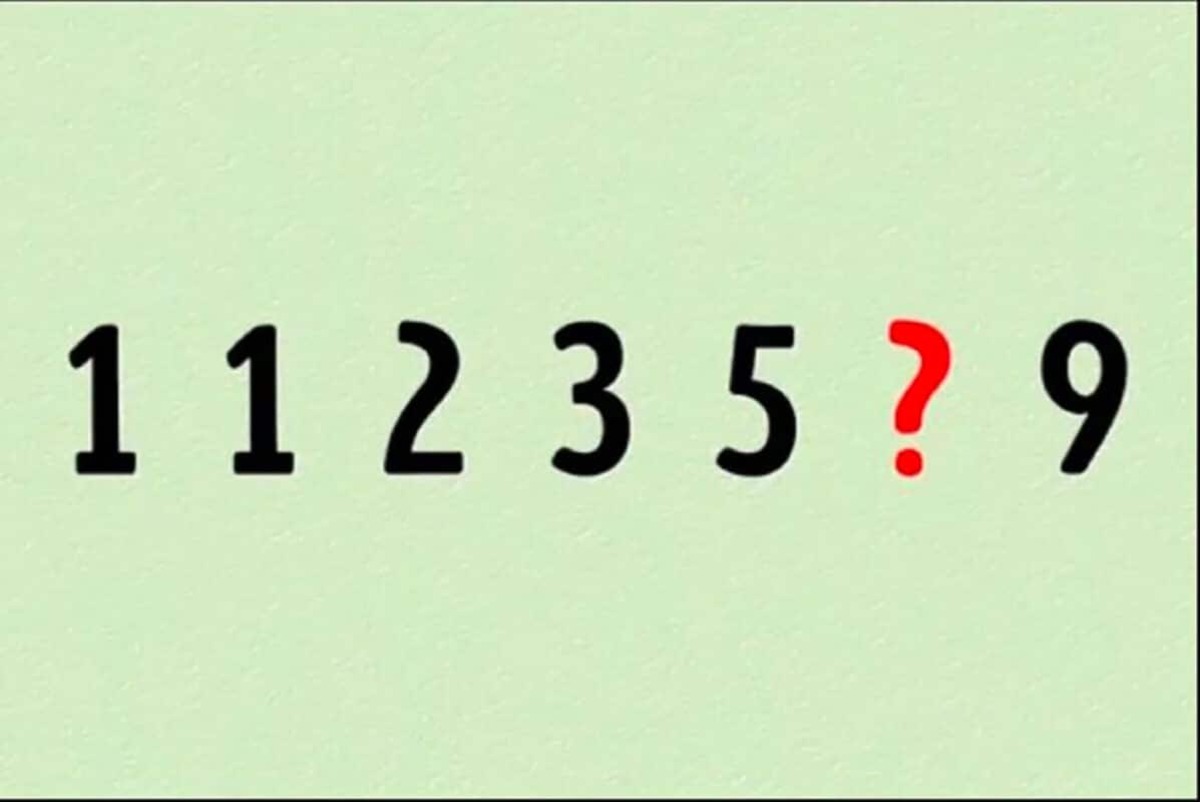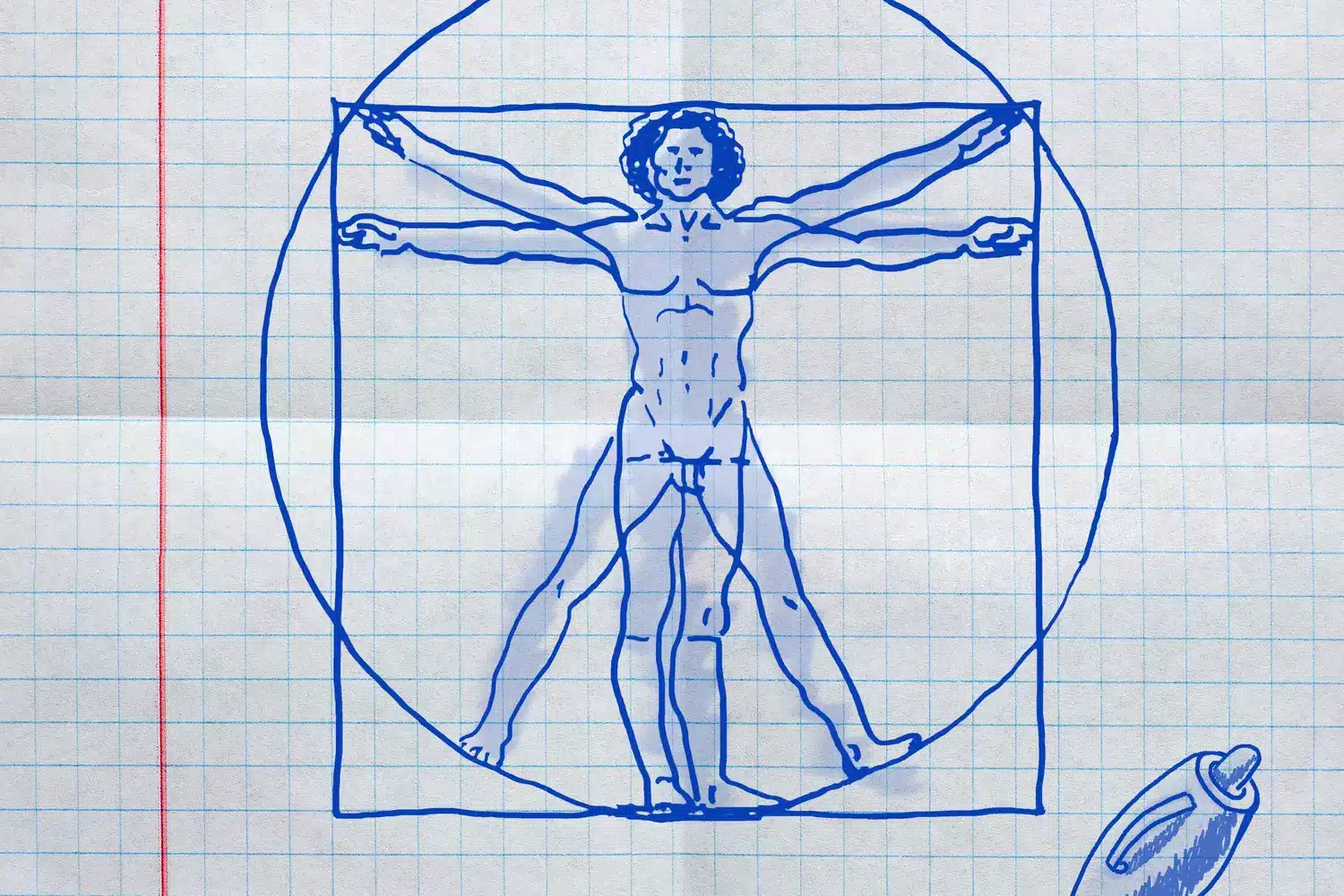When Dr. Emma Chen unveiled her now-viral math puzzle, few anticipated the global wave of fascination it would unleash. Almost overnight, classrooms and online forums erupted with lively debates as participants raced to crack the code behind sequences like 2, 5, 11, 23 and 3, 7, 13, 25—each sequence concealing a missing number. What appears at first glance to be a basic brain teaser soon reveals layers of complexity that demand both logical thinking and a genuine passion for challenge. The pursuit of a solution has transformed these simple numbers into a captivating test of intelligence and pattern recognition.
Why is Dr. Chen’s math puzzle so popular?
This riddle’s allure lies in its perfect balance between apparent simplicity and underlying depth. At first, each sequence seems easily approachable—a straightforward exercise in problem-solving. Yet, as more attempts are made, even experienced mathematicians realize that success depends on uncovering hidden structures rather than relying on quick calculations or standard arithmetic tricks.
Unlike fleeting puzzles, Dr. Chen’s creation keeps solvers returning, driven by curiosity and the desire to unravel what others have missed. The excitement comes not from instant answers but from the journey toward those rare moments of logical revelation. This universal appeal explains why communities across the globe have rallied around such an intriguing math puzzle.
What makes the sequences so challenging?
The true difficulty of these number grids—like 2, 5, 11, 23 or 3, 7, 13, 25—lies beneath their unassuming surface. Determining the missing number calls for much more than routine arithmetic; it requires recognizing subtle patterns and embracing mathematical ambiguity. Each attempt uncovers new layers, fueling debate among enthusiasts and experts alike.
Some theories point to prime-based logic or non-linear progressions, while others speculate about geometric inspirations involving triangles or pyramids. Teachers use the puzzle as a springboard for collaborative analysis, encouraging students of all ages to practice sophisticated problem-solving and group discussion.
Prime patterns and progression twists
Within online communities, many propose that each term relates to the next via incremental changes or connections to prime numbers. Solvers examine the differences between entries, consider doubling strategies, and experiment with modular arithmetic or advanced formulae, searching for that elusive link.
No single theory has reached consensus, highlighting just how nuanced this logic puzzle truly is. The variety of interpretations only increases the challenge, making the search for a solution a showcase of ingenuity and creative thinking.
Non-linear jumps and geometric possibilities
Another perspective suggests the answer could lie in geometric configurations. Perhaps the missing entry completes a triangle or fits into a pyramid-like structure. Some look for alignment along diagonals within a numerical grid, adding a spatial twist to the otherwise linear progressions.
These approaches encourage visual thinking—sketching diagrams, mapping relationships, and color-coding digits—in hopes of exposing hidden connections. The diversity of tactics demonstrates how Dr. Chen’s brain teaser ignites cross-disciplinary innovation and deepens mathematical curiosity.
How are people trying to solve the puzzle?
The widespread interest in Dr. Chen’s riddle has inspired a multitude of methods, depending on one’s background. Some individuals tackle the challenge independently, drawing upon experience with classic brain teasers, while others prefer teamwork, finding clues through vibrant discussions or classroom competitions.
Collaboration often sparks unexpected insights, especially as digital platforms evolve into rich archives of shared solutions. Every posted diagram or counter-theory adds another layer to what is quickly becoming a modern benchmark for pattern recognition.
List of common strategies researchers and enthusiasts employ:
- Calculating differences between terms to spot potential progressions
- Exploring multiplication or division factors linking the numbers
- Testing geometric shapes—such as triangles, grids, or pyramidal arrangements—for hidden patterns
- Investigating links to prime numbers or Fibonacci-like relationships
- Crowdsourcing ideas from online communities focused on logic or math riddles
Each approach highlights the versatility needed to decode a truly challenging riddle. Whether working alone or as part of a team, the satisfaction comes from incremental breakthroughs in the ongoing quest for that mysterious missing number.
Increasingly, technology also plays a role. Research institutions leverage artificial intelligence to automate hypothesis testing, yet intuition remains invaluable. While algorithms may process vast possibilities, true “aha” moments often stem from human insight and creativity.
Educators embrace the challenge and encourage logical thinking
Classrooms worldwide have adopted Dr. Chen’s puzzle as an interactive learning tool. Educators foster environments where students treat mathematics as an adventure, moving beyond rote memorization into realms of exploration and discovery.
By dissecting sequences and hypothesizing endings, learners sharpen arithmetic abilities and develop essential reasoning skills. The exercise emphasizes persistence, curiosity, and collaboration—all fundamental aspects of effective problem-solving in real-world situations.
Why does the missing number remain unsolved?
Despite widespread participation and international attention, no definitive answer has emerged. The missing number continues to resist easy classification, earning respect and frustration in equal measure from those determined to unlock its secret.
This ambiguity fuels ongoing debate, as each plausible explanation leads to further questions. Rather than offering closure, every new theory opens fresh avenues for exploration. The enduring mystery has turned the puzzle into fertile ground for educational enrichment and research opportunities in mathematics.
The puzzle’s impact on research and AI
Leading institutions now see Dr. Chen’s challenge as more than a pastime. Teams compete to devise innovative algorithms and computational shortcuts that might finally reveal the underlying rules governing the sequences.
Advanced pattern recognition software and AI models sift through thousands of attempted solutions, learning from both triumphs and dead ends. Insights gained here ripple outward to fields such as cryptography, economics, and biological modeling, proving that a well-crafted math puzzle can inspire technological advancement far beyond recreational play.
Growing communities and the universal appeal of mathematical curiosity
Online spaces devoted to number games buzz with activity. Discussion threads stretch for thousands of contributions, as newcomers and veterans exchange insights and dissect the logic down to its core.
This phenomenon underscores the universal appeal of recreational mathematics: anyone, anywhere, can participate. Intelligence matters, of course, but so do tenacity, creativity, and the willingness to approach problems from new angles. For Dr. Chen’s invention, the stakes go beyond mere personal achievement—it rekindles a timeless passion for discovery shared by everyone who appreciates a worthy challenge.
New perspectives and continuing intrigue
The central question—can the missing number ever be found?—remains tantalizingly open. Perhaps a breakthrough is imminent, or perhaps each new idea will reshape understanding of logical thinking and complex pattern recognition in everyday numbers.
For now, participants revel in the rare thrill of a puzzle that tests the limits of intelligence without excluding anyone eager to engage. Spanning basic arithmetic, advanced theory, and geometric intuition, this math puzzle invites all to join a communal journey—one that could forever change society’s view of ingenuity and the enduring magic of an unsolved riddle.








20 Responses
It is number 8
Yess 8
567
Terrylynn. 4
7
7
It’s number 4
Number 8
4
I thought it was # 8 ?
8
It is 8
4
8
It is numbers 7
8 is the answer for the puzzle as it is a Fibonacci sequence
8
Correct answer is no 4
4
9